
5:13

An important part of reading biblical narratives is learning how to understand the nature of how stories are arranged into a pattern of conflict and resolution. When we pick out verses and read them apart from the context of their overall plot, we can fail to interpret the intended meaning of the story.

Episode 6
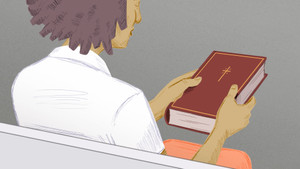
Episode 1
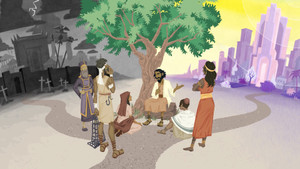
Episode 2
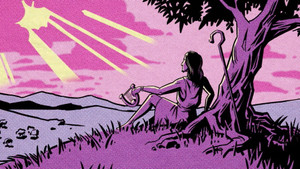
Episode 3
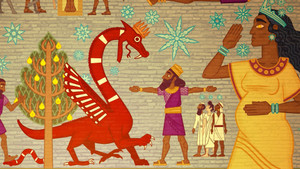
Episode 4

Episode 5

Episode 6
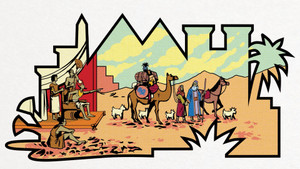
Episode 7
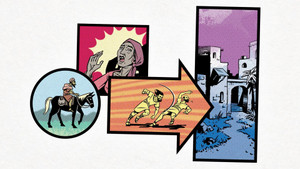
Episode 8
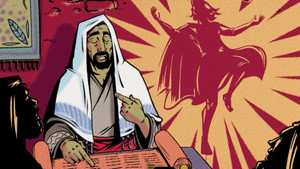
Episode 9
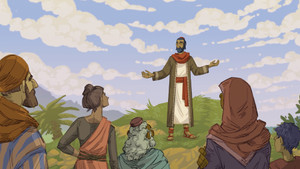
Episode 10

Episode 11
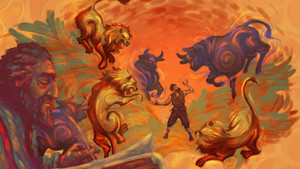
Episode 12
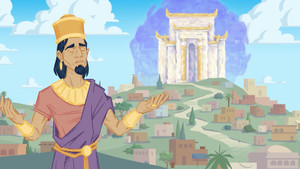
Episode 13
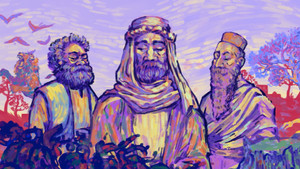
Episode 14
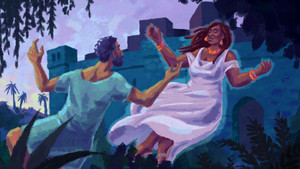
Episode 15

Episode 16
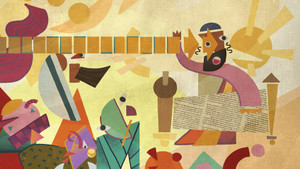
Episode 17

Episode 18
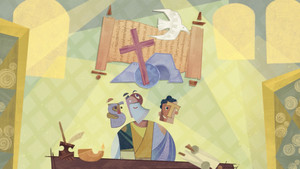
Episode 19